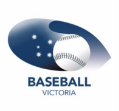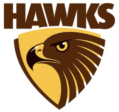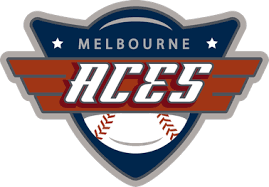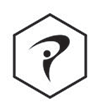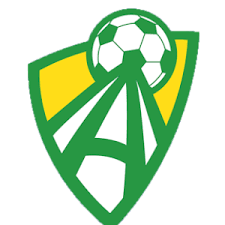Tennis elbow, or lateral epicondylitis, is a painful condition of the elbow caused by overuse. Not surprisingly, playing tennis or other racquet sports can cause this condition. However, several other sports and activities can also put you at risk.
Tennis elbow is an inflammation of the tendons that join the forearm muscles on the outside of the elbow.
The forearm muscles and tendons become damaged from overuse – repeating the same motions again and again. This leads to pain and tenderness on the outside of the elbow.
Muscles, ligaments, and tendons hold the elbow joint together.
Your elbow joint is a joint made up of three bones: your upper arm bone (humerus) and the two bones in your forearm (radius and ulna). There are bony bumps at the bottom of the humerus called epicondyles. The bony bump on the outside (lateral side) of the elbow is called the lateral epicondyle.
Your forearm tendons – often called extensors – attach the muscles to bone. They attach on the lateral epicondyle.
Lateral epicondylitis, or tennis elbow, involves the muscles and tendons of your forearm. Your forearm muscles extend your wrist and fingers. The tendon usually involved in tennis elbow is called the Extensor Carpi Radialis Brevis (ECRB).
Conservative Management
There are many treatment options for tennis elbow. In most cases, treatment involves a team approach. Primary doctors, physiotherapists, and, in some cases, surgeons work together to provide the most effective care.
Approximately 80% to 95% of patients have success with nonsurgical treatment.
Rest
The first step toward recovery is to give your arm proper rest. This means that you will have to stop participation in sports or heavy work activities for several weeks.
Non-steroidal anti-inflammatory medicines
Drugs like aspirin, voltaren or ibuprofen reduce pain and swelling.
Equipment check
If you participate in a racquet sport, you may be encouraged to have your equipement checked for proper fit. Stiffer racquets and looser-strung racquets often can reduce the stress on the forearm, which means that the forearm muscles do not have to work as hard. If you use an oversized racquet, changing to a smaller head may help prevent symptoms from recurring.
Steroid injections
Steroids, such as cortisone, are very effective anti-inflammatory medicines. Your doctor may decide to inject your damaged muscle with a steroid to relieve your symptoms.
PRP
Platelet-rich plasma (PRP) is currently being investigated for its effectiveness in speeding the healing of a variety of tendon injuries. PRP is a preparation developed from a patient’s own blood . It contains a high concentration of proteins called growth factors that are very important in the healing of injuries.
Physiotherapy for tennis elbow.
Specific exercises are helpful for strengthening the muscles of the forearm. Your therapist may also perform trigger point therapy, ultrasound, ice massage, or muscle-stimulating techniques to improve muscle healing.
Brace.
Using a brace centred over the back of your forearm 1 may also help relieve symptoms of tennis elbow. This can reduce symptoms by resting the muscles and tendons.
Surgical Management
If your symptoms do not respond after 6 to 12 months of nonsurgical treatments, your doctor may recommend surgery. Most surgical procedures for tennis elbow involve removing diseased muscles reattaching healthy muscle back to bone. The right surgical approach for you will depend on a range of factors. These include the scope of your injury, your general health, and your personal needs. Talk with your doctor about the options. Discuss the results your doctor has had , and any risk associated with each procedure.
Open surgery
The most common approach to tennis elbow repair is open surgery. This involves making an incision over the elbow. Open surgery is usually performed as an outpatient surgery. It rarely requires an overnight stay at the hospital.
Arthroscopic surgery
Tennis elbow can also be repaired using miniature instruments and small incisions. Like open surgery, this is a same day or out-patient procedure.
Glenferrie Sports and Spinal Clinic is located in Hawthorn. Situated conveniently near public transport and with convenient parking it is central to Camberwell, Kew, Richmond, Toorak and Malvern.
For appointments call 03 9815 2555, or book online here

